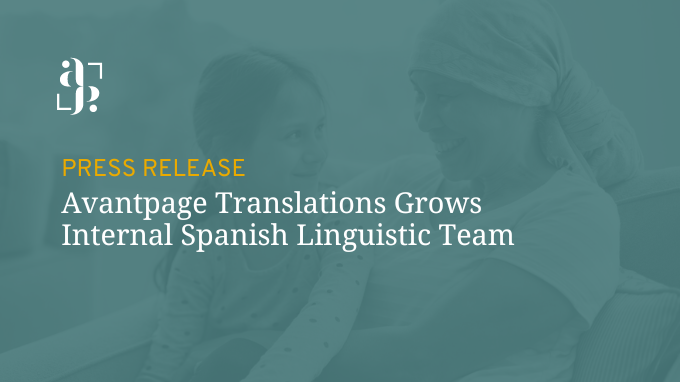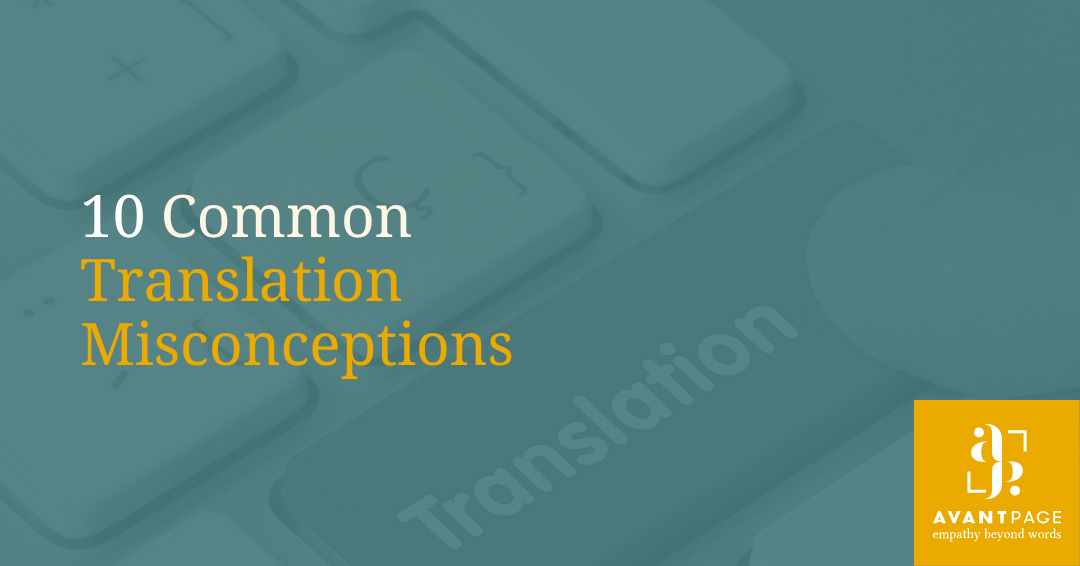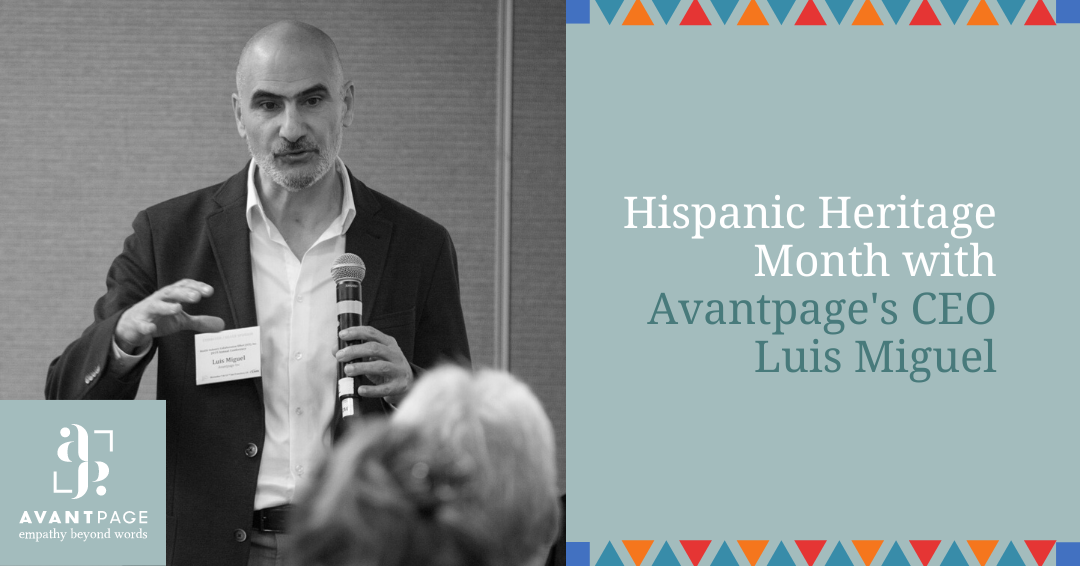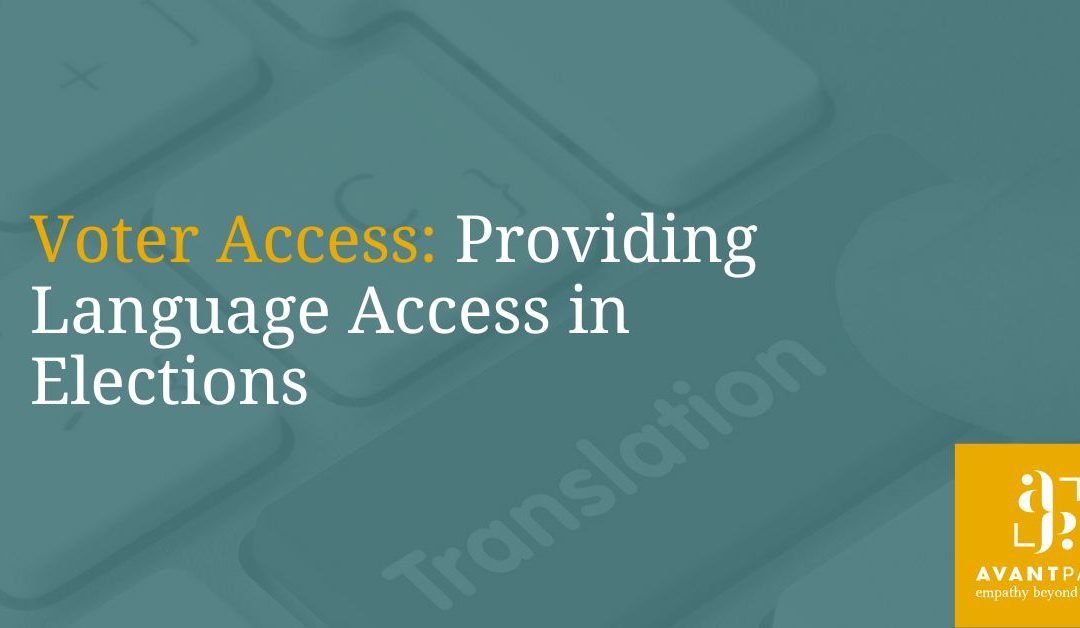
by Avantpage | May 16, 2023 | News & Events
Avantpage Translations, a language service provider specializing in translation services for government, elections, and healthcare, recently announced the latest company expansion after experiencing a record year of growth. The company moves to having an in-house...

by Avantpage | Oct 5, 2022 | Language Industry, Translation
Download 10 ways to save money on translation projects Translation and language services drive communication and business in the global marketplace and business world. The translation services industry was valued at over 39 billion in 2020 and is projected to reach...

by Avantpage | Sep 21, 2022 | Interpreting Services, Legal interpreting, Legal translation
For individuals who are limited English proficient (LEP) or Deaf/hard-of-hearing and need to participate in a court hearing, they have the right to an interpreter in federal, state, and local courts. An interpreter is required to protect one’s basic constitutional...

by Avantpage | Sep 19, 2022 | Culture & Tradition
Hispanic Heritage Month For this year’s Hispanic Heritage Month we wanted to celebrate the contributions and achievements of those who play such a large part in our U.S. identity. We decided to talk with Avantpage CEO & founder, Luis Miguel, a bit about...

by Avantpage | Aug 29, 2022 | Elections Translation, Translation
Providing voting materials in non-English languages helps to encourage participation in the voting process and capture the voices of those in underrepresented and limited English proficient (LEP) communities. It also helps to sustain our society’s democratic process....





